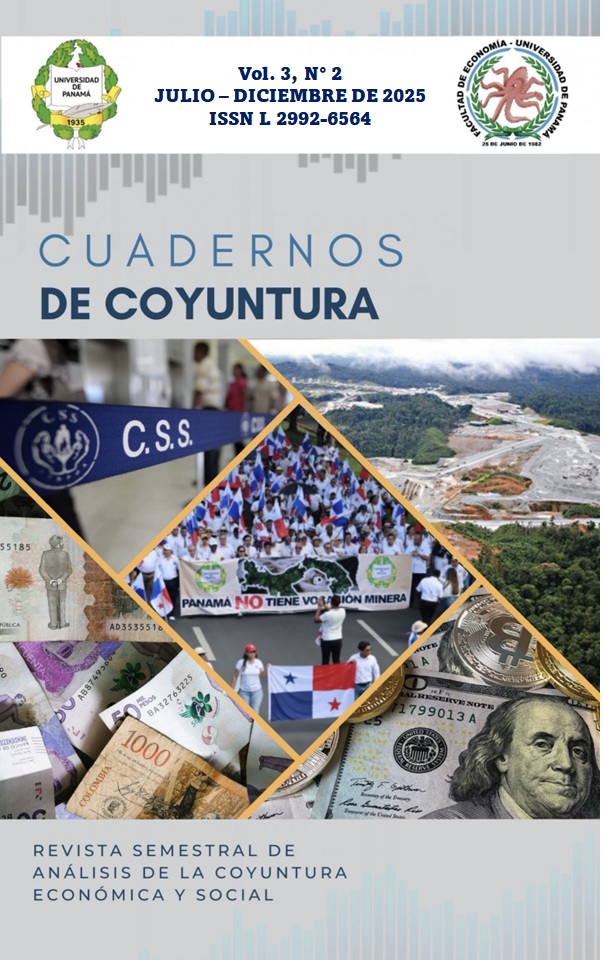

The article analyzes the problem of data errors, especially when they are intentional, resulting in misconduct or fraud by those who prepare and publish the study. It uses the case study of data falsification in the World Bank's Doing Business report to highlight the dangers of using erroneous data in decision-making by governments, investors, and companies. The document is divided into five sections that address concepts of error, the nature of Doing Business, data falsification, consequences, and prospective conclusions.
In 2018, the World Bank's chief economist, Paul Romer, suggested inconsistencies in the study's methodology, and in 2020, anonymous complaints prompted an investigation that revealed pressures to manipulate data in 2017 and 2019. This action resulted in improvements in the rankings of countries like China and Saudi Arabia. Despite this, there were no significant consequences from this incident, and after its suspension, the publication was relaunched in 2024 under the name Business Ready, with a limited number of changes.
A comparison is made with the situation of credit rating agencies, and it is concluded that the Doing Business scandal highlights the need for greater transparency and accountability in data collection and publication, as well as the importance of addressing conflicts of interest, particularly the phenomenon of "revolving doors" in international financial institutions.